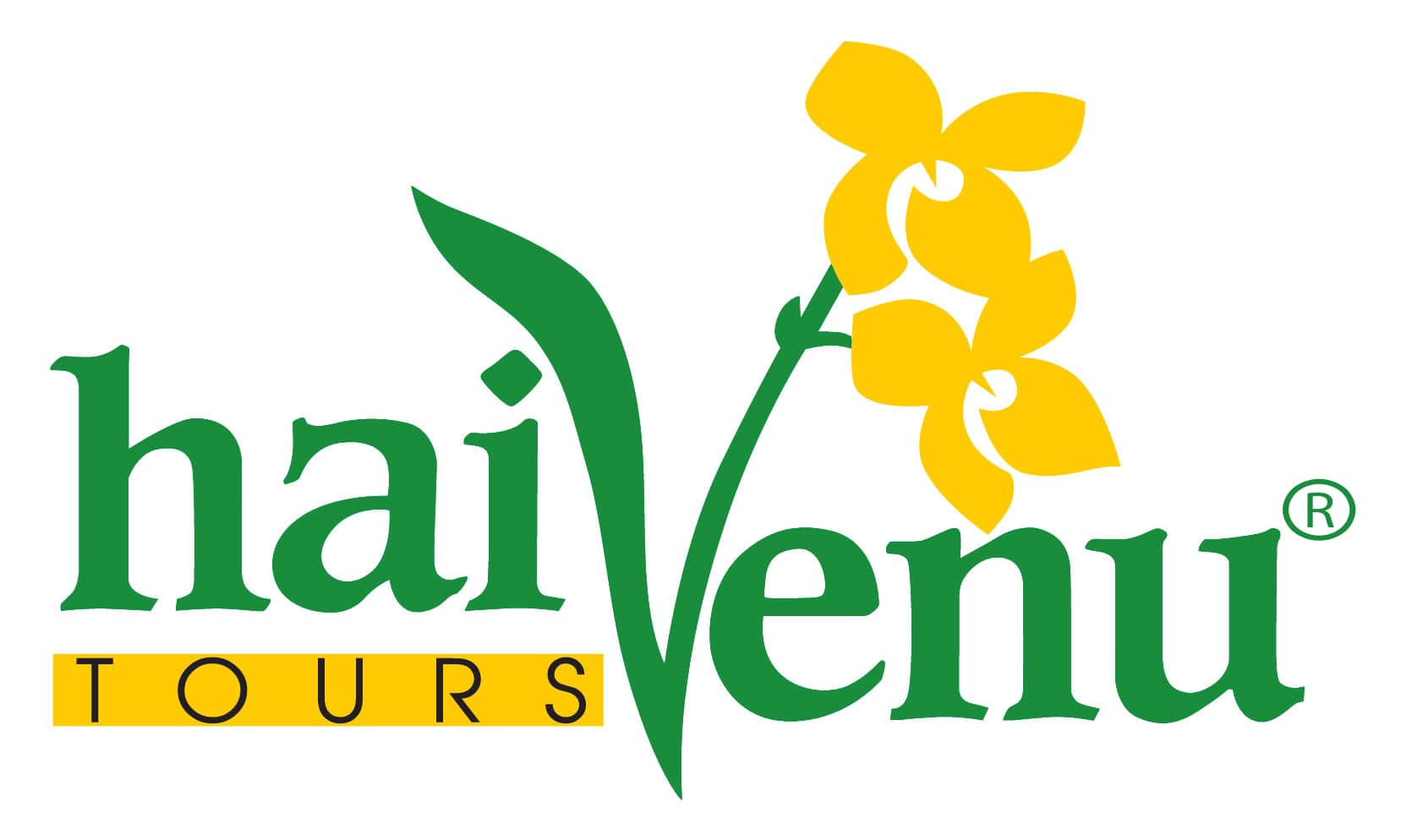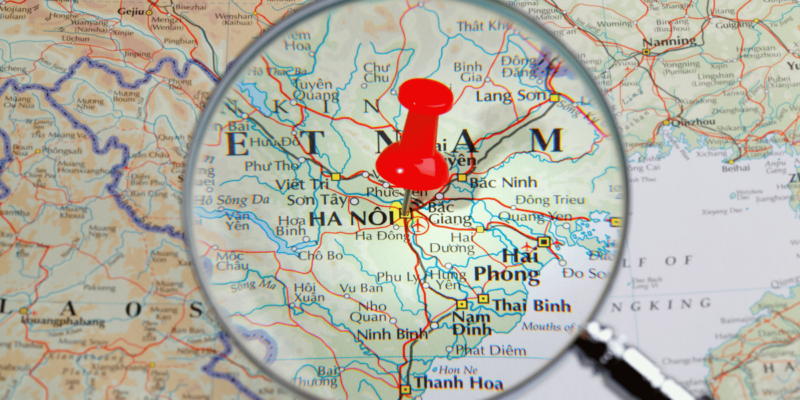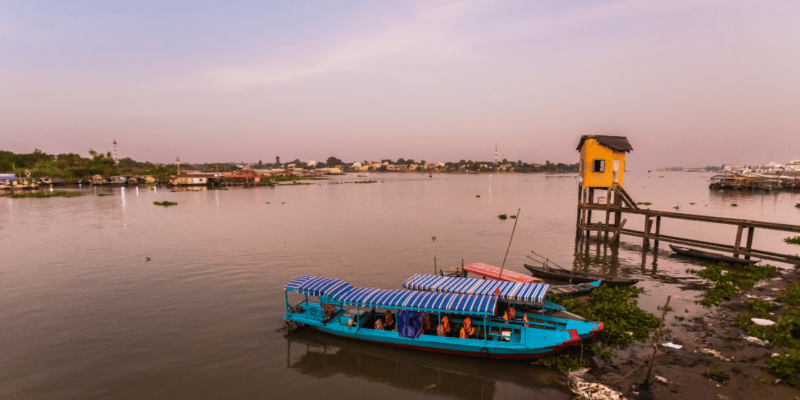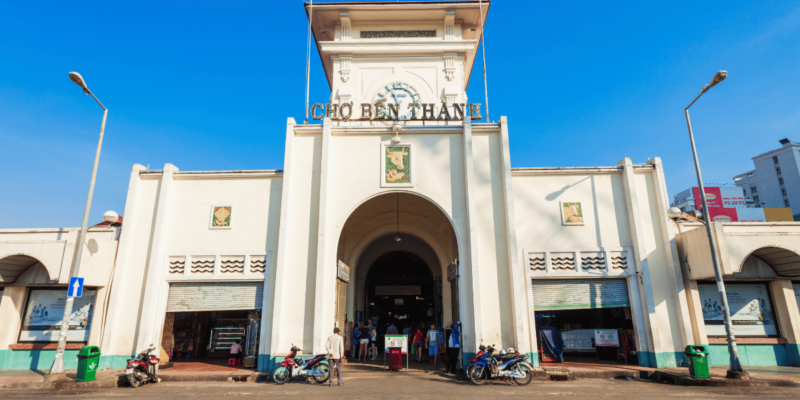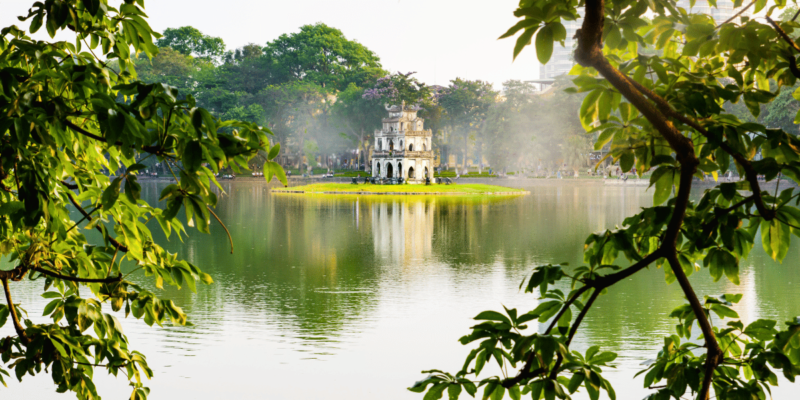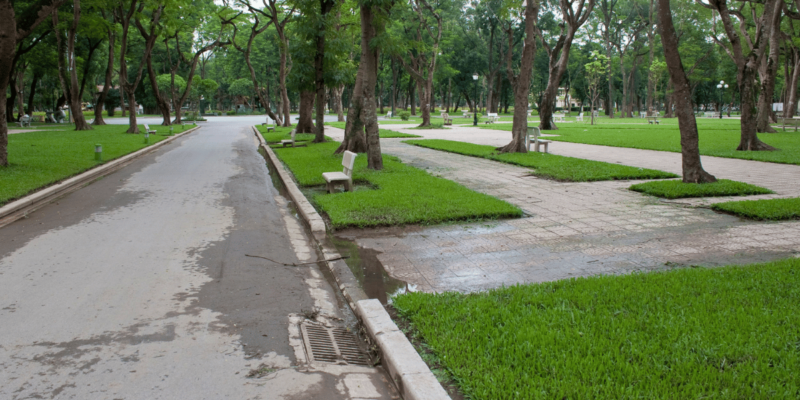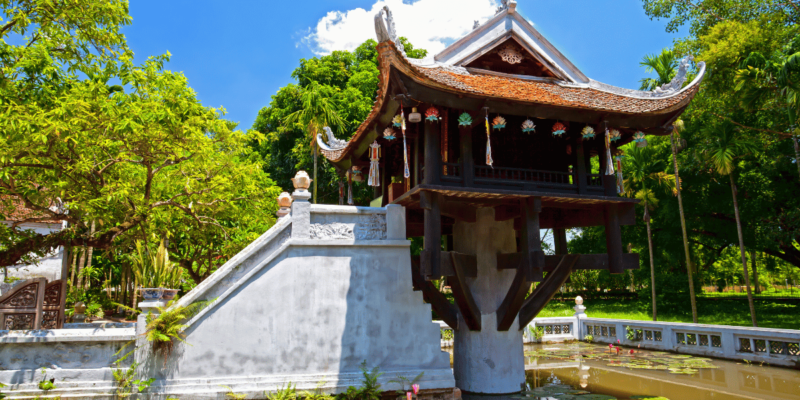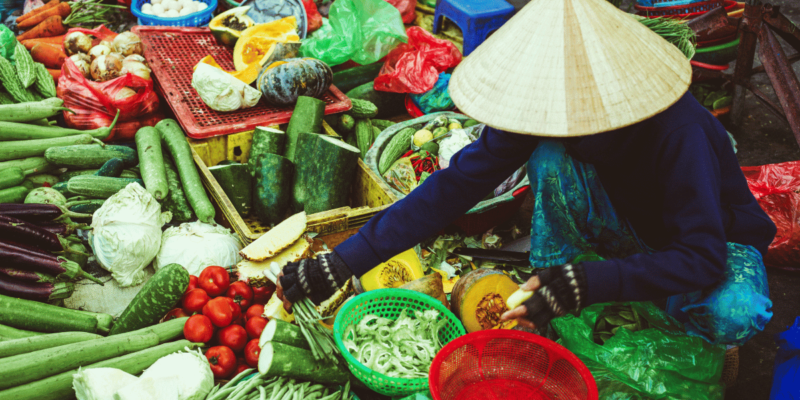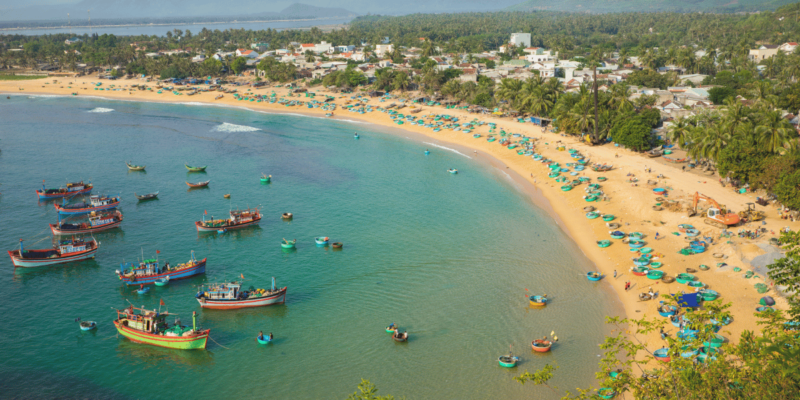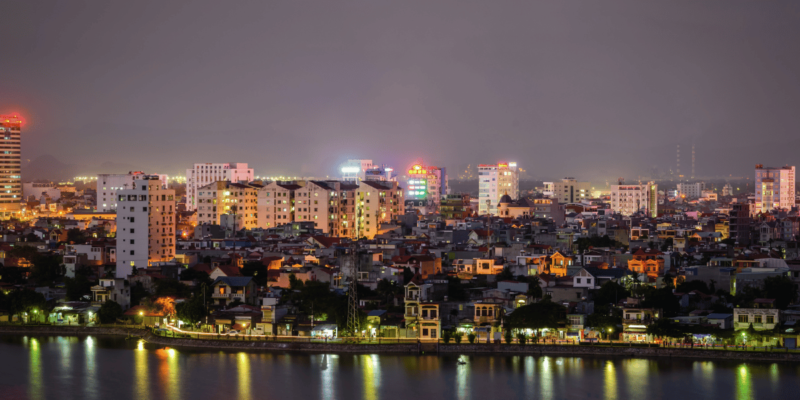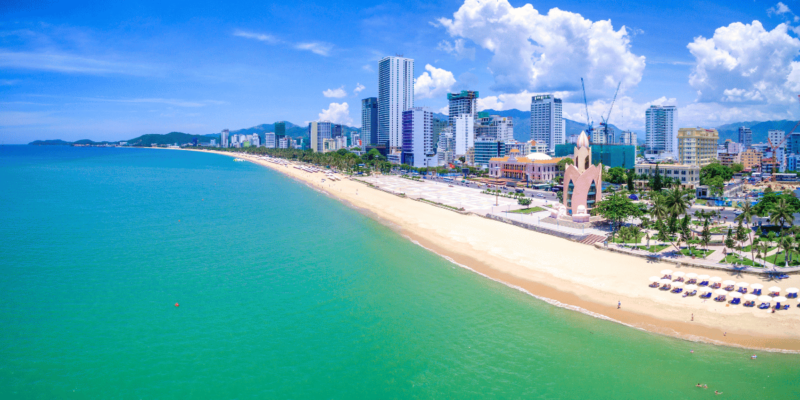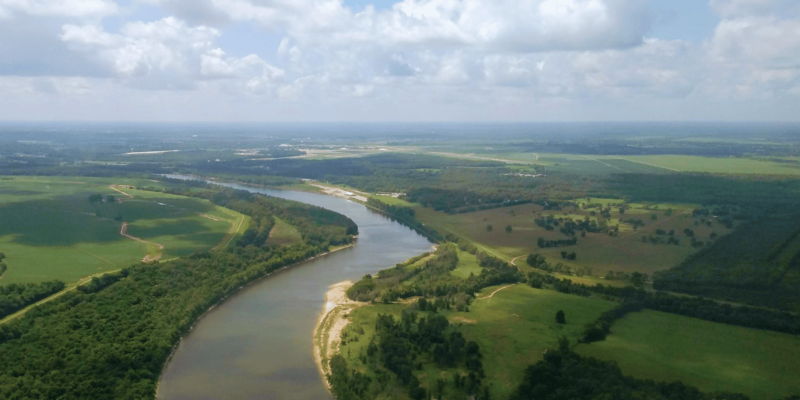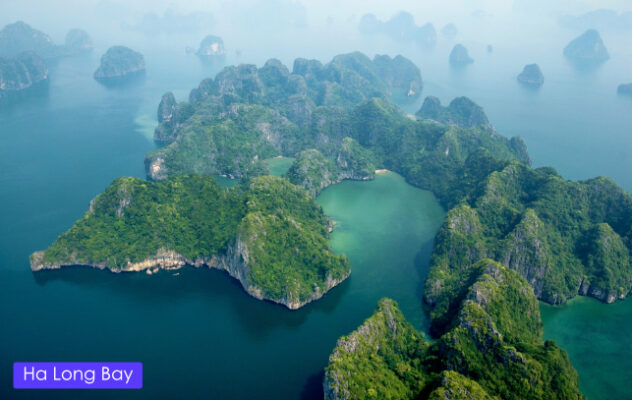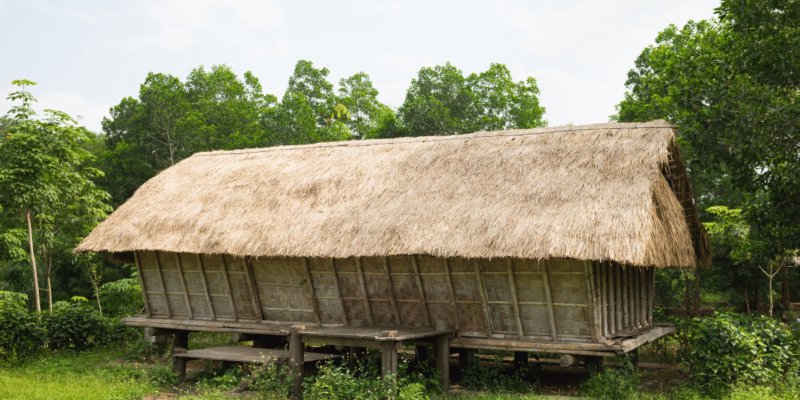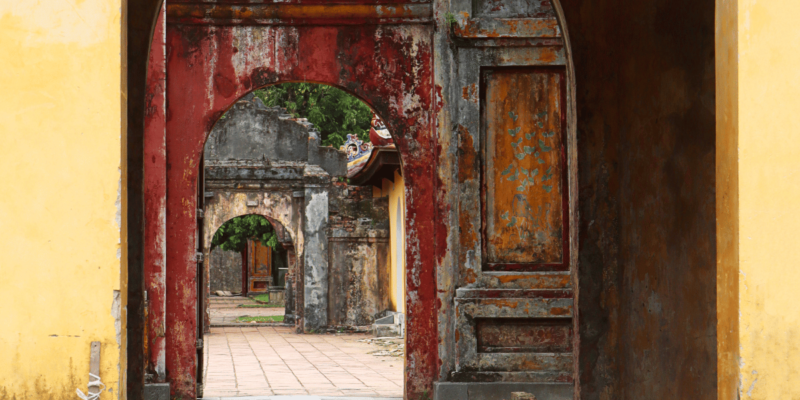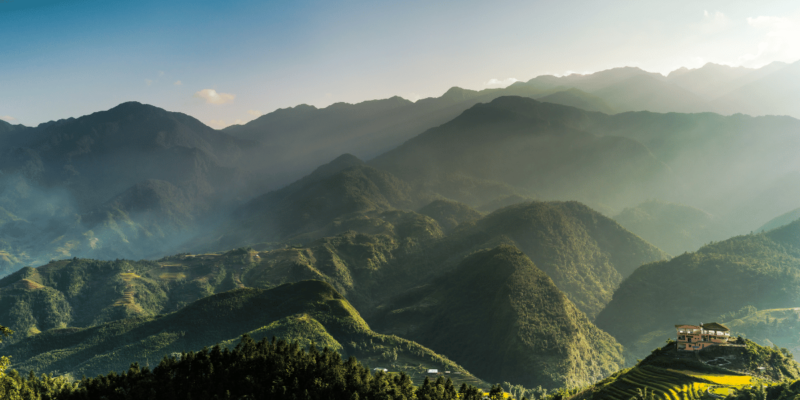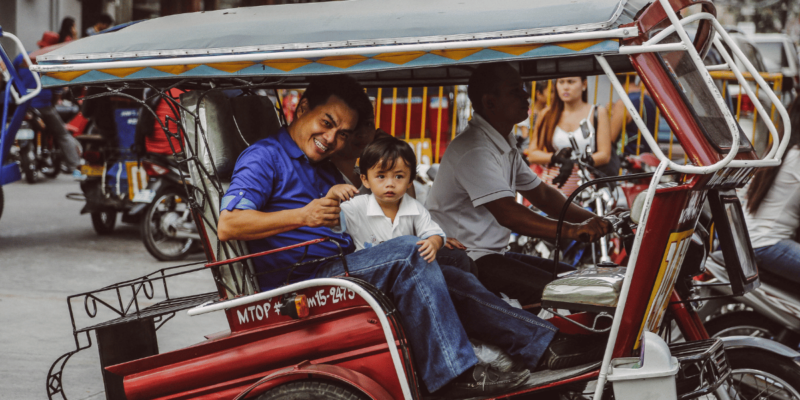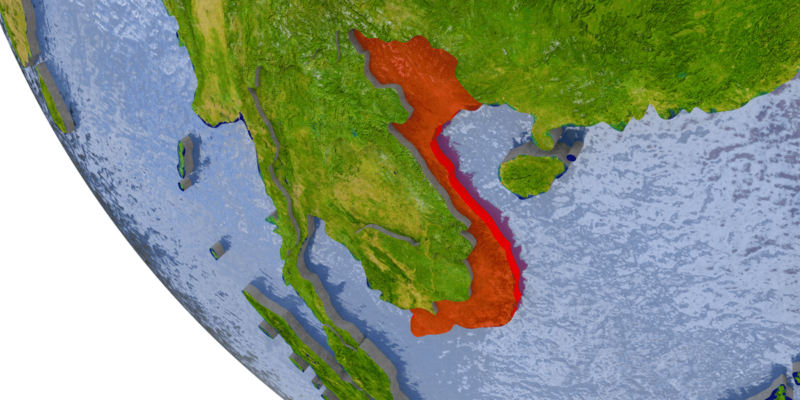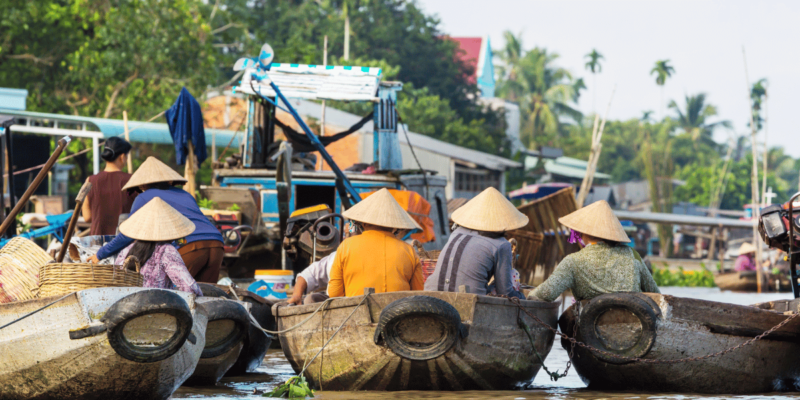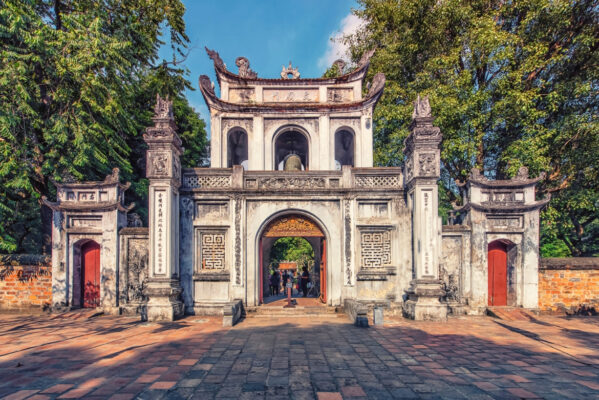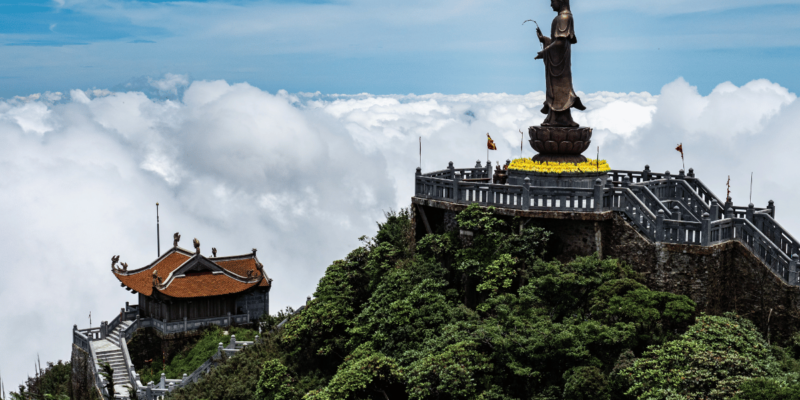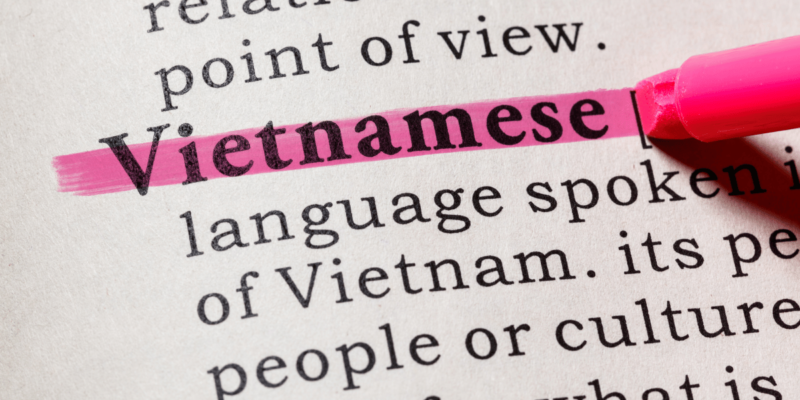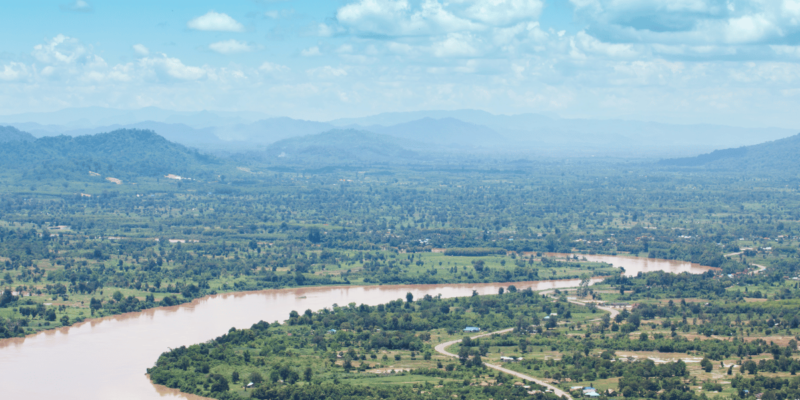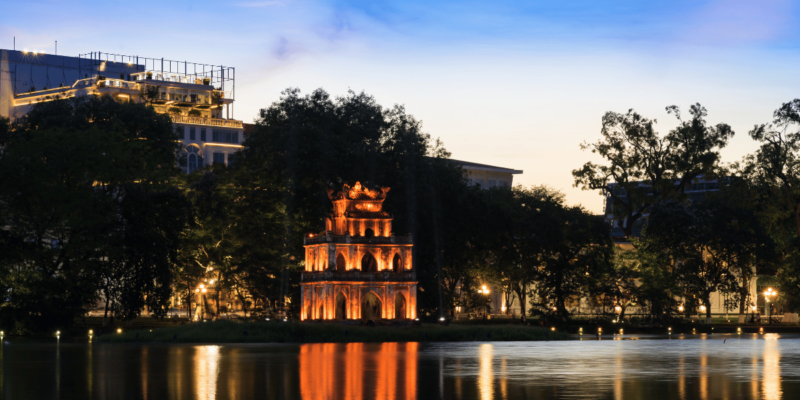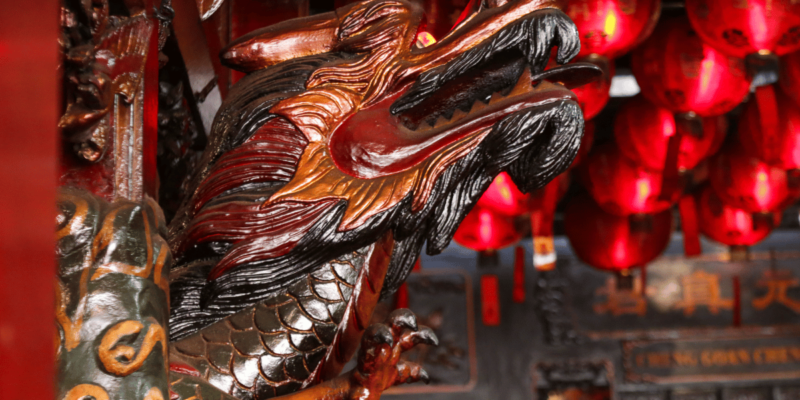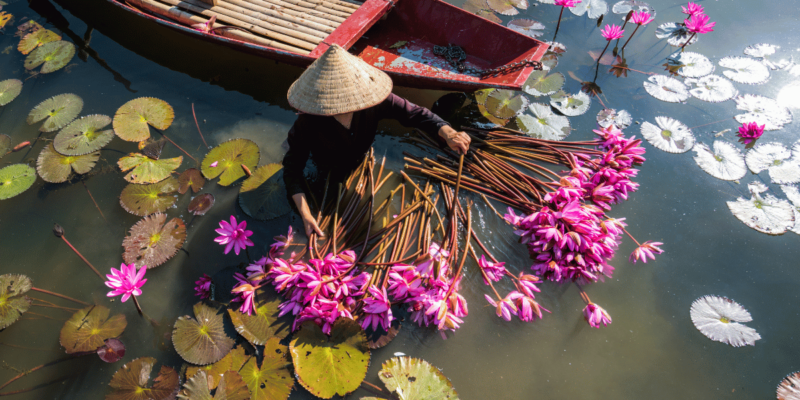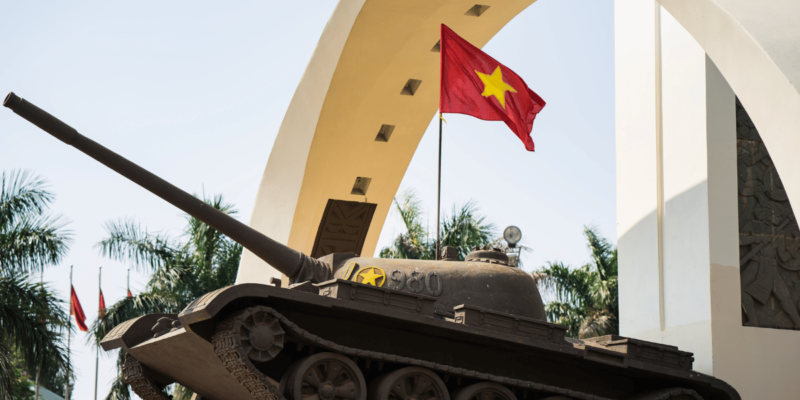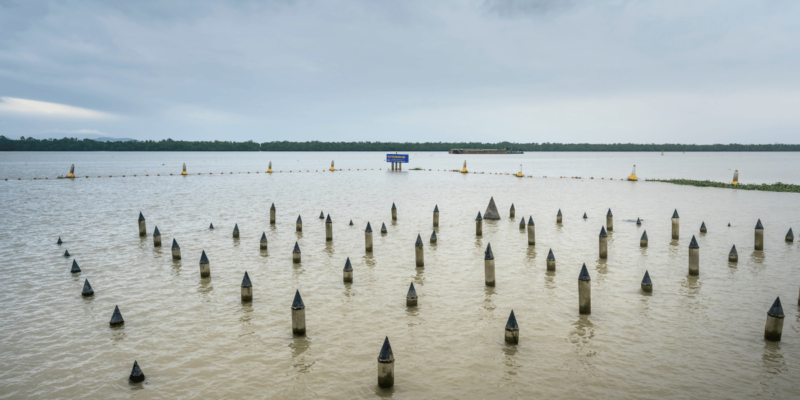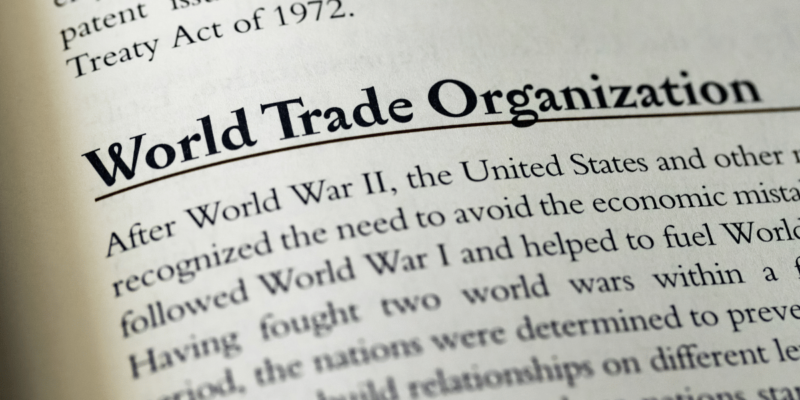Flora and Fauna of Vietnam: Navigating from Destruction towards Restoration
Vietnam’s natural environment has endured severe trials over the decades, particularly during the Vietnam War when extensive bombing campaigns and chemical deforestation caused catastrophic destruction to the nation’s ecosystems. These actions obliterated around two million hectares of forest and decimated half of the mangrove forests, transforming vibrant habitats into toxic wastelands.
Continued Environmental Recovery Efforts: In the aftermath of the war, Vietnam faced ongoing deforestation driven by demographic pressures and escalating poverty. However, recognizing the urgent need for environmental restoration, the government, supported by international conservation organizations, embarked on extensive reforestation and mangrove replanting initiatives. These projects aim to rehabilitate and stabilize natural habitats, with the goal of restoring forest cover to its historical extent before the war’s devastation.
Biodiversity Under Threat and Protection Measures: Despite past adversities, Vietnam remains one of the world’s biodiversity hotspots, hosting over 12,000 identified plant species and 7,000 animal species. This rich diversity includes numerous endemic and endangered species listed in the Red Book, reflecting the critical conservation value of Vietnam’s ecosystems. Prominent among these are the Java rhinoceros, Delacourt’s langur, the Asian elephant, and various other species that face threats from habitat loss and illegal poaching.
The Vietnamese government has responded with significant conservation initiatives, establishing a network of protected areas, including over a hundred forest reserves and eleven national parks. These areas vary in the level of protection offered, from restrictions on development to complete bans on activities that could harm the environment. UNESCO recognition for regions like Ha Long Bay and Phong Nha has added an additional layer of international accountability and support for conservation efforts.
Current Challenges and Strategic Actions: Despite the progress in conservation, Vietnam continues to grapple with challenges such as persistent poverty, which compels some locals to turn to poaching and illegal logging as economic survival strategies. Moreover, rapid industrialization and agricultural intensification are exacerbating pollution levels, threatening both terrestrial and aquatic ecosystems.
To combat these threats, the government is focusing on expanding marine reserves to protect the biodiversity of Vietnam’s coastal and marine environments, especially critical areas like the Red River Delta where industrial runoff poses a significant risk to marine life.
Engagement and Sustainable Tourism: Vietnam encourages responsible tourism as a vehicle for environmental awareness and protection. Tourists are urged to observe wildlife from a distance and to support eco-friendly practices that minimize environmental impact. By choosing sustainable travel options and supporting conservation-focused initiatives, visitors can play a part in preserving Vietnam’s unique natural heritage for future generations.
Looking Forward: The path to ecological recovery in Vietnam is fraught with challenges but also rich with opportunity. As the government and local communities work hand in hand with international partners, there is hopeful progress toward a sustainable future. This journey underscores the resilience of Vietnam’s natural landscapes and the critical importance of continued vigilance and proactive conservation to safeguard these irreplaceable treasures from the brink of extinction.
